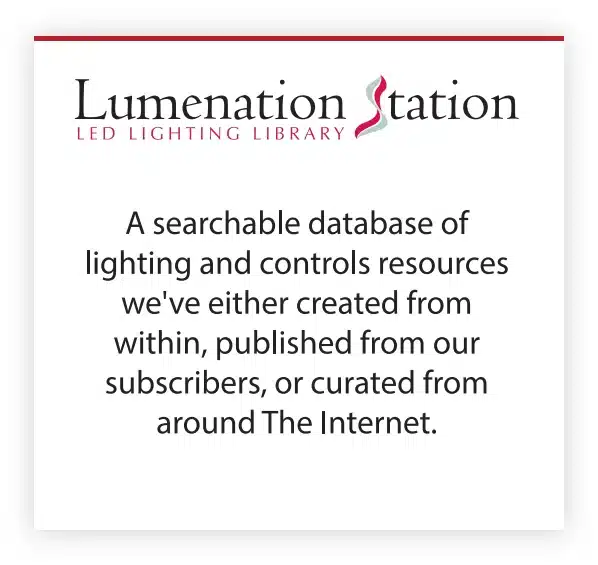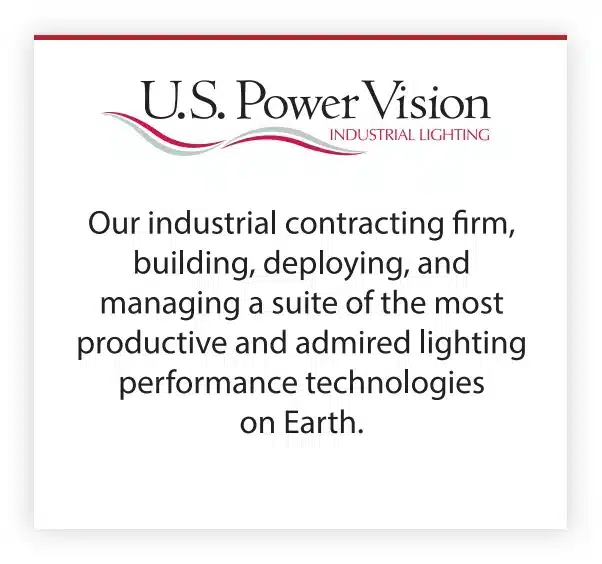Dear Reader:
On/off, stepped switching, stepped dimming, or continuous dimming .. which approach does the Facilities Manager select? The answer depends on what type of area is being illuminated, and how the Manager wants the fixtures to behave over various, changing operating conditions. Reference PNNL’s Dimming LEDs with Phase-Cut Dimmers for help in this regard.
On/Off Switching – This is just like it sounds, with the fixtures simply switched either on or off. Dimmable drives are not needed in a fixture to accomplish this.
Stepped Switching – This combines an occupancy sensor, a timer, and customizable three-step dimming switches 1) On: 100%, 2) Dimmed: 50%, 30%, 20% or 10% output, 3) Off to easily configure your desired settings during installation. When the control senses movement, it raises the fixture’s light level to 100% output and remains at full brightness as long as it senses movement. When movement is no longer detected, once the set period of time expires, the fixture will dim down to the selected dimming level (50%, 30%, 20% or 10% light output). Then, depending on your selected timer settings, the fixture can either remain at this dimmed level for an amount of time, or turn completely off after a set period of inactivity, great for conference rooms, offices, restrooms, etc.
Stepped Dimming – This is essentially the same strategy as above, although typically deployed with a networked controls system, without the elapsed-time switches above that typically fit into a standard wall-switch box. The stepped approach above is programmed into the system remotely, then managed via gateways, or at times as a result of direct communication with each individual, addressable fixture.
Continuous Dimming – Continuous dimming enables light levels to be raised or lowered over a specified range, and the change in lighting state is virtually unnoticeably smooth, using an automatic energy-saving control strategy. It is ideally suited for applications where the goals are more precise response from the control system – often with daylight harvesting as a feature – and limited irritation among room occupants. Continuous dimming is often expressed as a percentage of relative output.
Our Energy Services Company typically finds that a robust lighting controls system provides about a 20% premium in terms of additional impact on energy savings to be derived from a new install, as compared to what the LED fixtures would generate without the controls. A comprehensive cost/benefit analysis would compare this benefit to the system’s additional cost.






